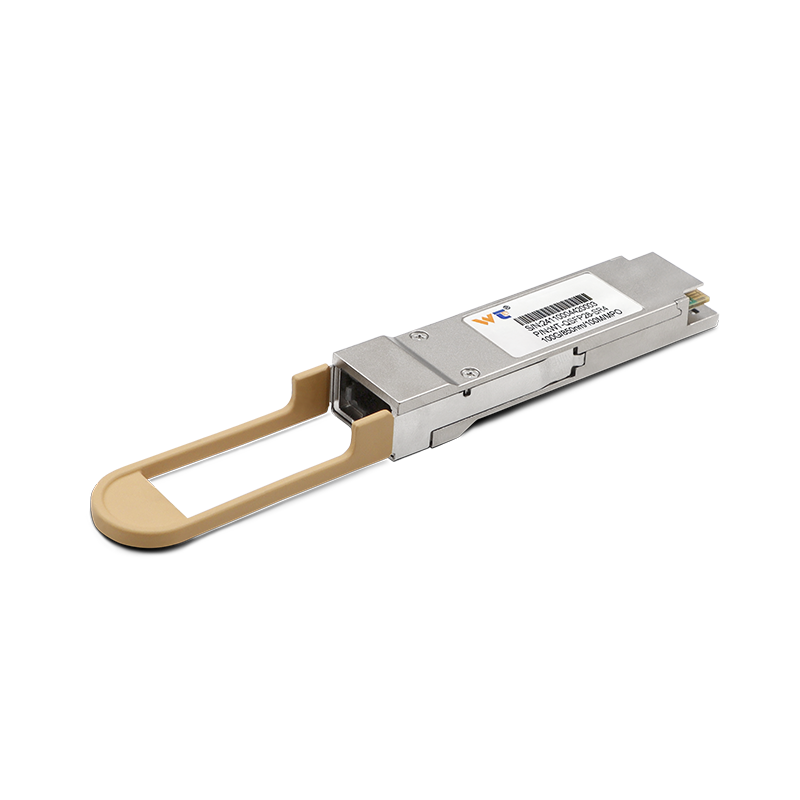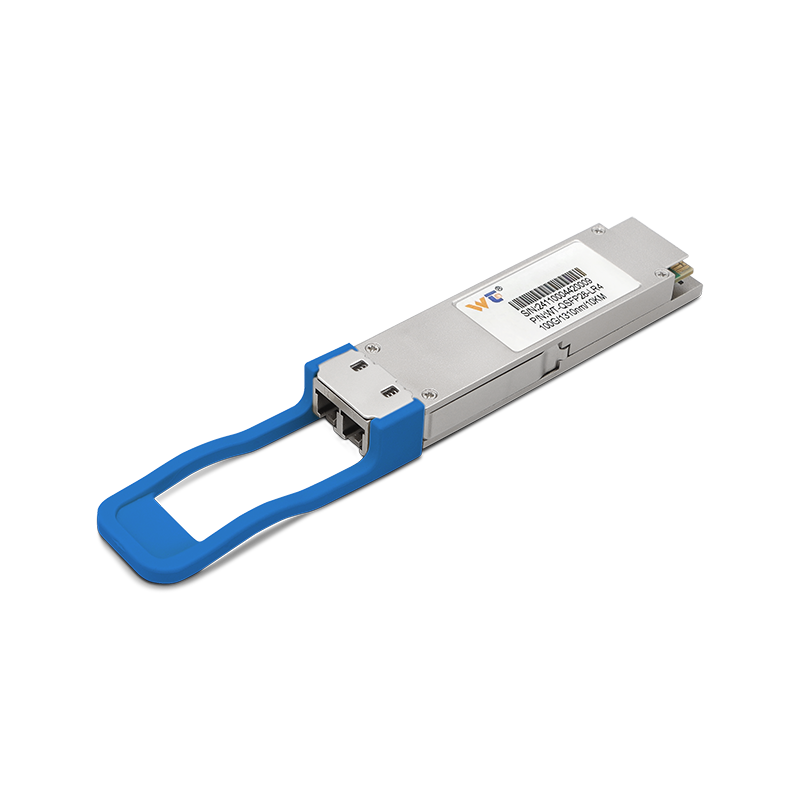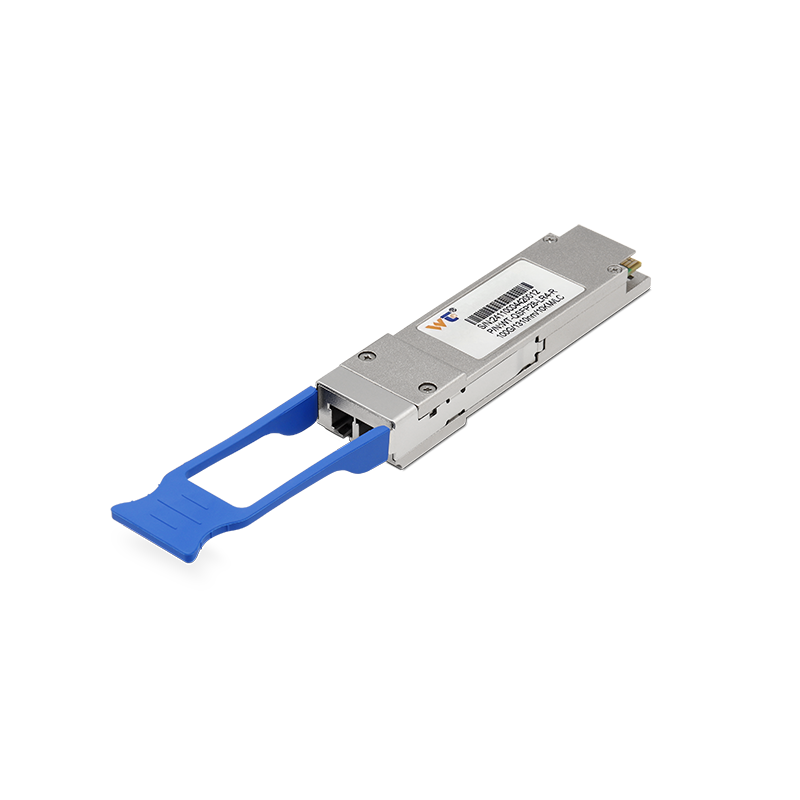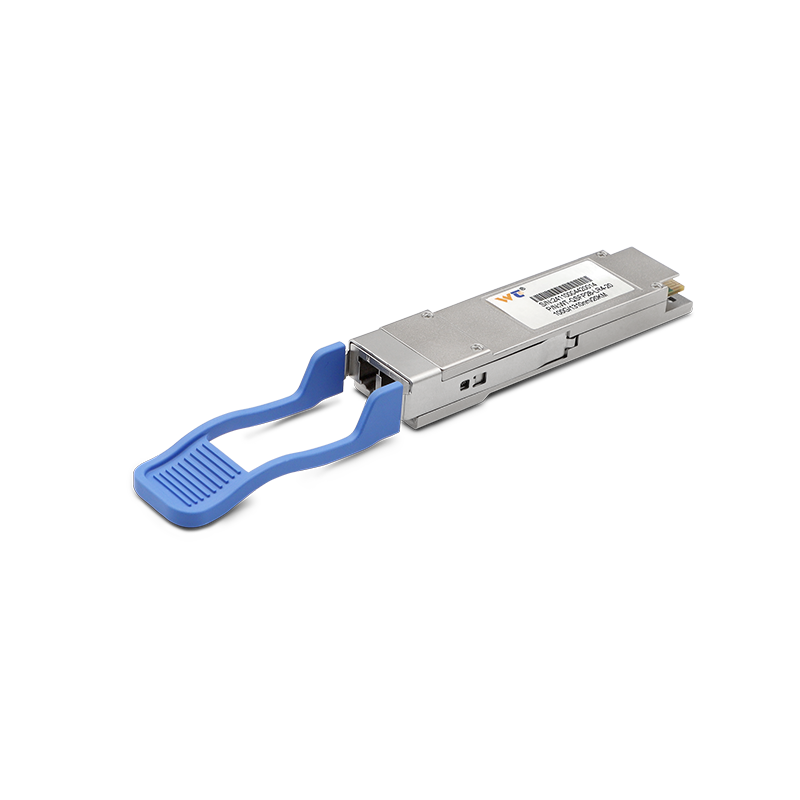Most network engineers know that dealing with insufficient bandwidth on a switch can be downright frustrating. It feels like you’re trying to run a marathon in quicksand—everything slows down, users get restless, and applications start lagging. Solving this issue is not just about knowing the theory; it’s also about getting your hands dirty and troubleshooting in real time. So let’s dive into some practical steps to help you enhance your understanding and tackle these pesky bandwidth problems head-on. Together, we can explore how to get that switch working at peak performance!
When your switch's connection bandwidth isn’t quite cutting it, it can wreak havoc on your network. You might notice slow data transfers, random packet drops, and an overall dip in user satisfaction. To begin addressing these concerns, you first need to pinpoint what’s causing the bandwidth bottleneck. Ask yourself some critical questions: Are you using a Layer 2 or Layer 3 switch? Are multiple devices fighting for the same bandwidth? Understanding your switch’s capabilities is key. For instance, if you’re relying on an outdated Fast Ethernet switch, you’ll likely encounter struggles when everyone’s trying to transmit data at once—as opposed to a Gigabit Ethernet switch that can handle heavier loads.
Start by taking a good, hard look at your network topology. Check out the number of devices connected and the types of traffic flowing through your network. Utilize network monitoring tools like Wireshark or SolarWinds to get a clearer picture of data throughput and identify any hotspots where things might be getting choked up. This should give you insights into whether your switch is maxing out its capacity. Don’t forget about firmware—keeping your switch’s firmware updated can solve a lot of performance-related issues, as manufacturers release patches and upgrades regularly. And while you're at it, think about segmenting your network to manage traffic better; using VLANs can help separate different types of data and improve overall flow.
Let’s talk about some essential concepts: bandwidth, latency, and throughput. Bandwidth is the maximum amount of data that can be transferred over a connection, while throughput is about how much data is actually moving successfully. Latency, on the other hand, is that annoying delay before your data starts transferring after you hit “send.” These three factors are critical in determining how smoothly your network runs, and understanding them can be a game changer when it comes to making informed decisions about your setup. Familiarizing yourself with your switch’s specs, often listed in Mbps or Gbps, can also empower you to know when you might need an upgrade or a change in configuration.
Here’s a handy step-by-step guide to help you tackle those bandwidth issues:
- Assessment: Use monitoring tools to gauge current bandwidth usage.
- Identify Bottlenecks: Seek out devices that generate excessive traffic or lag.
- Switch Configuration: Double-check that your switch is optimally configured and isn't under any unintended limitations.
- Traffic Segmentation: Consider creating VLANs to differentiate between traffic types like voice, data, and video.
- Upgrade Hardware: If you're running into capacity issues, think about investing in higher-capacity switches.
- Traffic Management: Implement Quality of Service (QoS) protocols to prioritize critical applications.
- Consult Documentation: Don’t overlook your switch’s manuals for specific troubleshooting advice.
If you’ve tried all the above and still find yourself in a bandwidth bind, it might be time to look outward—specifically at your Internet Service Provider (ISP). The bottleneck could actually be happening beyond your infrastructure. Testing from various points can help differentiate between local issues and external ones.
And hey, if link aggregation isn’t part of your network design yet, it’s worth considering. Using protocols like LACP (Link Aggregation Control Protocol) can give your throughput a nice boost.
The importance of practical application here can’t be overstated. Getting hands-on with your equipment, testing out changes, and playing around with different configurations is crucial. These real-world experiences, paired with your theoretical knowledge, will solidify your understanding and skills in networking. So roll up those sleeves and get ready to experiment!
To wrap it up, managing bandwidth issues on switch connections requires a multifaceted approach. Reviewing your network setup and making systematic changes can lead to significant performance improvements. Regular monitoring and updates are vital to keeping everything running smoothly, ensuring a pleasant experience for users. By staying on top of best practices and technological advancements, you’ll be well-prepared to troubleshoot existing challenges and even future-proof your network. In the end, a well-tended network operates like a dream, ready to support the demands of our digital world.






